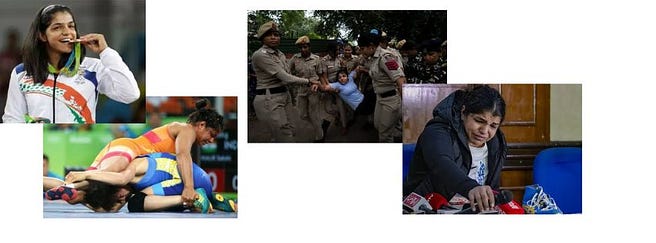[First published in YouthKiAwaaz]
Amitava Kumar’s “The Green Book: An Observer’s Notebook” is the third and final book in the trilogy and comes close on the heels after “The Blue Book: A Writer’s Journal” and “The Yellow Book: Traveller’s Diary”. Amitava Kumar always maintained a journal where he captured his throughs and observations through words and watercolours. The work, for him, took on greater urgency during the Covid pandemic and the subsequent months of lockdown.
As the world watched and waited in dread for things to get back to something close to normal, the writer poured out his anxiety, his grief and the faintest glimmers of hope into his journals. He dealt with personal tragedy, and responded to two international conflicts. His art and his words make up this trilogy which also offers a deep insight into the writer’s creative process.
“I am committed to writing every day. I’m also an advocate of walking every day. The mantra I offer my students is that each day they write 150 words and walk mindfully for at least 10 minutes.” The book offers advice on the process of writing. Through his art and by sharing excerpts from the journals kept by other writers, Amitava Kumar makes two important points- when you observe and record you are capturing what you might otherwise forget, and once you have captured your first thoughts writing is actually the process of re-writing.
“We can’t make a reader care about nature. All we can do is to share strong stories of people who do care and hope the caring is contagious.”- Jonathan Franzen
The writer is deeply disturbed by the climate crisis, and this shows up in various forms in many of the chapters. He wonders whether a writer can do anything to avert the climate apocalypse that will soon be upon us, but after examining the issue in detail concludes that even creating awareness and offering hope should be enough. The book talks about many of the books and writers who are writing about nature and the climate crisis and can send many readers down rabbit holes of discovery.
One of the most powerful chapters in the book is where he follows the Ganga from source to mouth, and describes first hand how the environment is being destroyed in the name of development. He speaks to people who are trying to save the Ganga, and wonders whether merely treating her as a Goddess will be sufficient to protect her and the people who depend on her. The juxtaposition of words and watercolours brings this alive in a way which neither could not have done alone.
The writer offers no solutions, because there are no easy solutions. But he does say that while it is easy to give in to despair if by writing about it, writers can get earn even a small respite it is worth it. He shares his thoughts, and the thoughts of others, on how closely interconnected human beings and the natural world are, and reminds us that at a time like this, any positive action we perform can be considered an act towards climate justice.
“Am I an Indian? Yes, if it means finding the common cause of freedom across religious lines. No, if it means the idolising of a nation built around a singular religious identity and the cult worship of a single leader.” According to the writer, in a world writers, journalists, thinkers and even students are getting arrested, it is impossible to separate the personal and the political, and he does not even try. He speaks of the “many words for heat and the many words for hate”, and of how common people fall prey to the politics of hate because they “imagine themselves as protagonists in a powerful story about the destruction of their enemies.” For the Indian diaspora, he reminds us that “the soft emotion of nostalgia has been turned into the emotion of fundamentalism.”
The author also discusses Gaza in great detail. He speaks of the “military bootprint” of the war, as also the loss of human lives. “Why measure carbon emissions? Why even try to save the world if you cannot save the children?”
Though the book offers a lot for the reader to ponder over, it is never heavy reading because the words are interspaced with images. Many of his watercolors elaborate what he tried to capture through his words, and going through them you understand exactly what he means when he says that often looking deeply at an object gives it a particularity that did not earlier exist.
The Green Book is the final book of the trilogy, it can also be read as a stand alone book. I have not read the previous two books but after reading The Green Book, I am tempted to go back and read them.
[I was sent a review copy by Harper Collins. The review reflects my honest opinion.]





